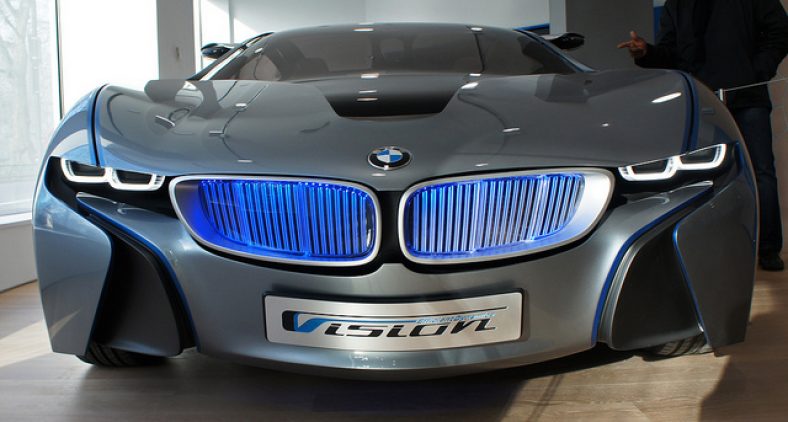Just fifteen years ago, hybrid engines were a fantasy. They had emerged on the commercial market but were yet to be taken seriously by car critics. In fact, most drivers did not take them seriously. Fast forward to the present day, and they have grown to dominate our roads. They were initially dismissed for their impracticality. They weren’t fast enough and their range was miniscule. Now, the fastest cars on the planet have a hybrid engine. It’s a testament to how far we’ve come. Having said that, most of us are still in the dark when it comes to their mechanics. How exactly do they work? Today, we’re going to show you.
The Toyota Prius
Let’s start with the founding father of hybrid motoring, the Toyota Prius. It initially hit the Japanese market in late 1997, before launching in the US in 2000. At first it was slow off the shelves. It was an interesting concept, but the credentials were weak. Its power was limited, and the range of its electric motor was minimal. Over the years, the engine developed, and it soon matched its peers. Inchcape Toyota were quick to remind us that over 5 million have now been sold. That’s nearly 70% of all hybrids on the road.

The Engine
As the name suggests, a hybrid engine is a combination of two main components. The first is a traditional combustion engine; the second is an electric motor. The electric motor is primarily responsible for moving the car. It is silent and requires no fuel. It is powered solely with the charge in the battery. The combustion engine exists to support the electric motor. Since the motor has limited mileage, the traditional engine will kick in and take over when the battery dies. In some cases, the combustion engine recharges the battery, allowing the electric motor to continue. The combination results in a much lower petrol consumption and greener driving.
Plug In Hybrid
Recently, we’ve seen the ‘Plug In’ option growing in popularity. Quite simply, it means you can plug the car into a power source, often your own home, to recharge the battery. The introduction of this made the hybrid engine much more accessible. Owners no longer had to seek out infrequent charging stations. We’re already experimenting with the next generation of home charging with wireless, electromagnetic charging.
Regenerative Braking
Hybrid engines also have another clever trick up their sleeves. They use an ingenious technique called regenerative braking. Every time you apply the brakes, the engine harnesses that energy and sends it back to the engine. Essentially, braking helps charge the electric battery.
The Future
Unfortunately, the future isn’t entirely clear when it comes to electric motoring. Toyota is now experimenting with hydrogen fuel powered cars. While Tesla pursue entirely electric models. Meanwhile, the fastest cars in the world are powered by hybrid engines. Electric motoring is, without doubt, the future. What form it will take remains to be seen.
It’s an exciting time to be a car enthusiast. We are right in the middle of the biggest motoring change since the combustion engine was first built. We’ll be keeping our eye on this and documenting the progress.

